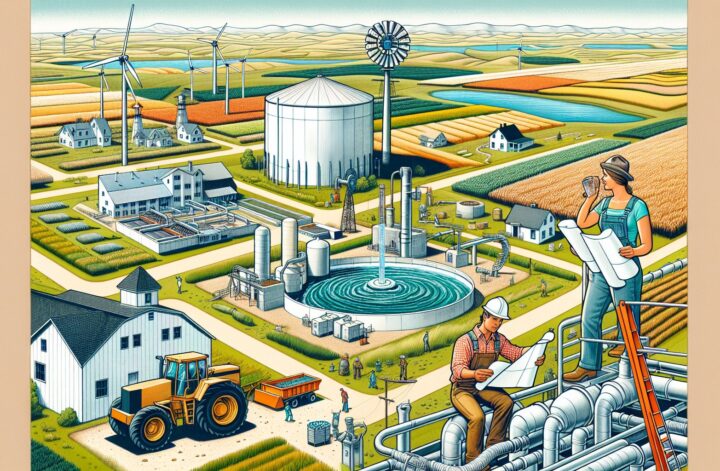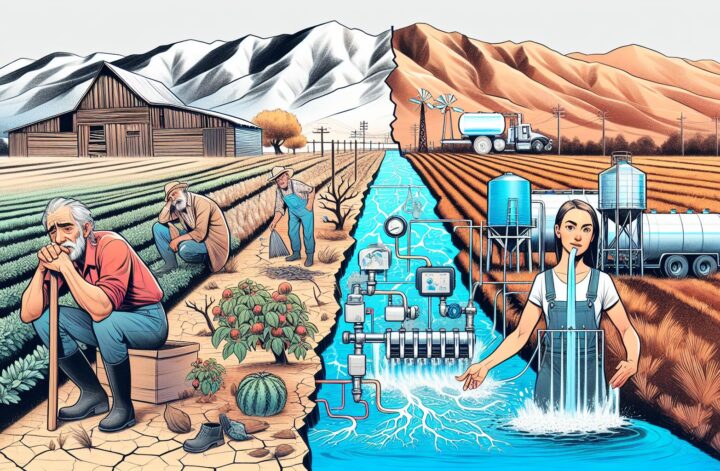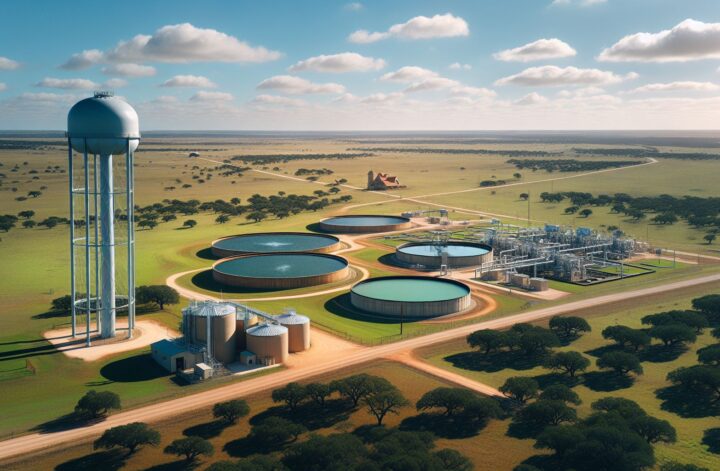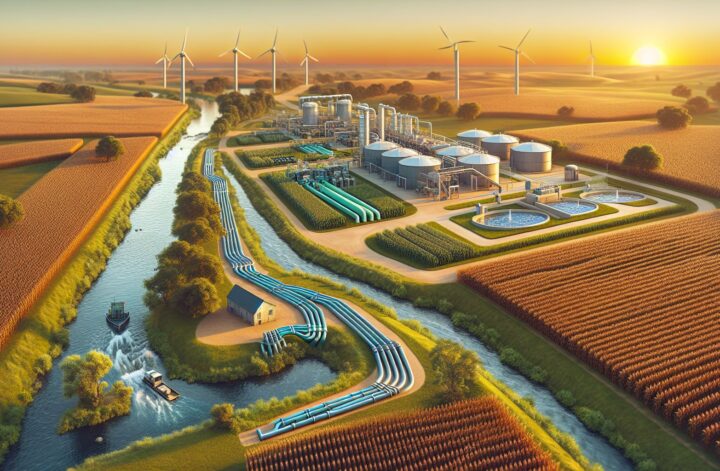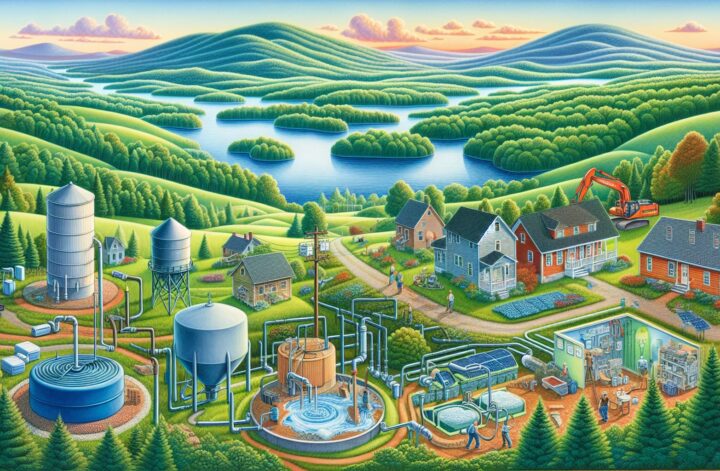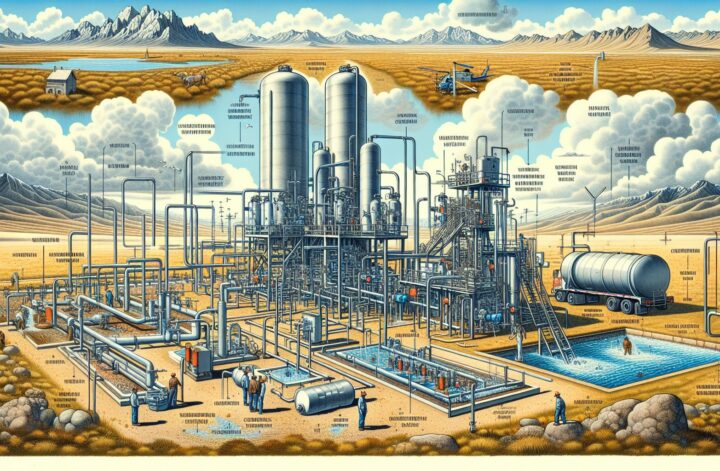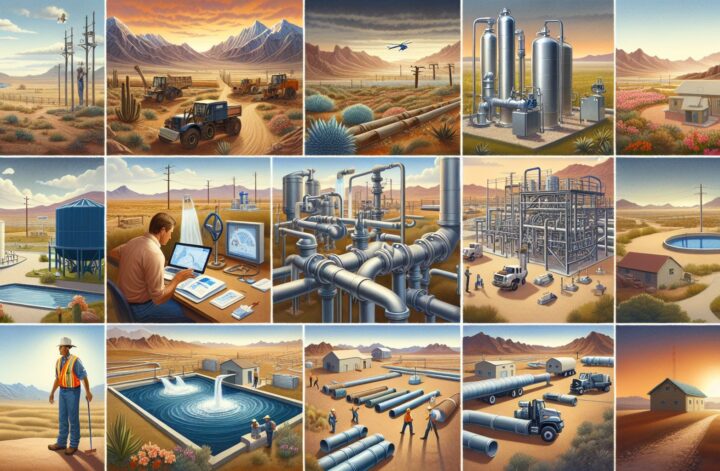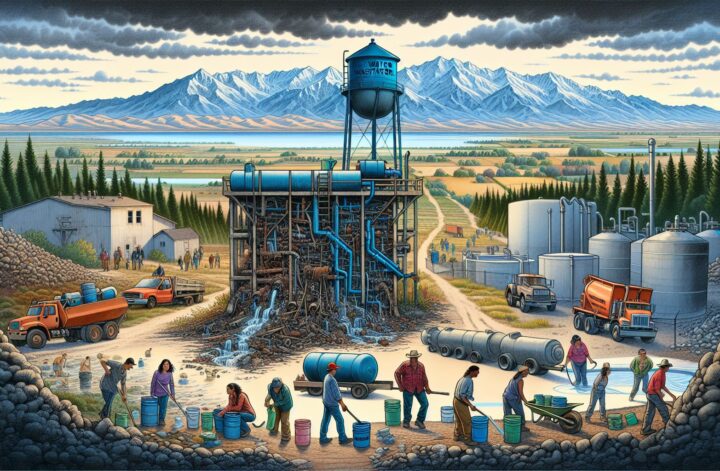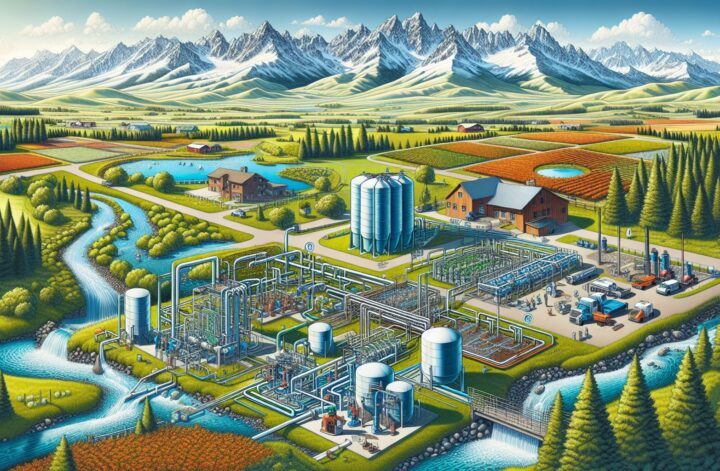In North Dakota, just as in much of the United States, rural water and wastewater systems are integral parts of the infrastructure. They are used to provide clean water for household needs, as well as removing and treating sewage to maintain a healthy environment.
In the state of North Dakota, rural communities face unique challenges with their water and wastewater systems due to the state’s unique climate and landscape. The region’s freeze-thaw cycle takes a toll on infrastructure, leading to water main breaks and other issues. The rural nature of the state also creates issues, with some water systems serving only a few dozen households spread out over a large geographic area^1^.
To address these challenges, the state of North Dakota, together with federal agencies, is working to upgrade and maintain these systems. Efforts include the replacement of aging infrastructure, developing new water sources, and installing more efficient treatment facilities. Government initiatives like the Clean Water State Revolving Fund (CWSRF) provides financial assistance to municipalities for the design, construction, and refurbishment of wastewater infrastructure^2^.
Moreover, North Dakota is leveraging technology to optimize its water and wastewater systems. For instance, some systems employ remote sensors for monitoring water usage and leaks in real time. This allows for the early detection of problems and helps prevent expensive damage and waste^3^.
North Dakota’s rural water and wastewater systems are a fundamental part of the state’s infrastructure, despite the unique challenges they face. Through continuous investments and the implementation of new technology, the state is working to ensure these systems continue to provide reliable services to its residents.
Sources:

